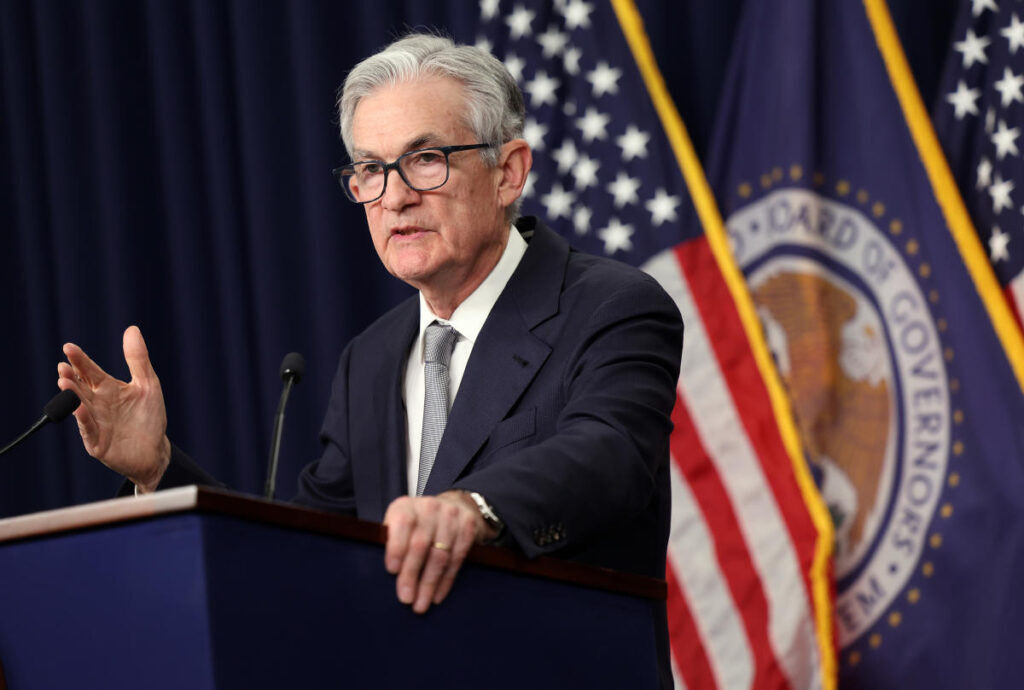This week, the Federal Open Market Committee (FOMC) convened to assess the economy and determine the trajectory of the federal funds rate, a key instrument of U.S. monetary policy overseen by the Federal Reserve. After a series of interest rate hikes aimed at combating inflation between March 2022 and July 2023, the Fed maintained a steady benchmark rate for over a year. However, in September 2024, the FOMC took a decisive step by slashing the federal funds rate by 50 basis points, followed by an additional 25 basis point reduction in November and December. These adjustments to the interest rates have far-reaching implications, influencing not only macroeconomic conditions but also the financial realities for everyday consumers — affecting interest rates on savings accounts, credit cards, and mortgages. The statements and forecasts released during the FOMC meetings are instrumental in understanding the economic landscape, allowing individuals and businesses to make informed decisions regarding their financial strategies based on the Fed’s insights.
Scheduled regularly, the FOMC meets eight times annually, with its latest meeting held on December 17-18, 2024. The committee set its next session for late January 2025. An established meeting schedule reveals the FOMC’s commitment to transparency and routine evaluations of economic performance. Among these meetings, particularly during those associated with the Summary of Economic Projections (scheduled for March, June, September, and December), policymakers rigorously analyze crucial economic indicators such as the Consumer Price Index (CPI), Gross Domestic Product (GDP), and unemployment rates. The insights gleaned from these indicators help in shaping appropriate monetary policy adjustments. The minutes of these meetings are released three weeks after the decision is made, providing the public and financial markets with transparent insights into FOMC deliberations.
The importance of regular communication from the Fed is highlighted in the immediate aftermath of these meetings. Decisions regarding the federal funds rate are publicly announced at 2 p.m. Eastern time, followed by a press conference held by Federal Reserve Chairman Jerome Powell at 2:30 p.m. This structured communication strategy ensures that both the market and the public receive clear, timely information about monetary policy changes and economic assessments. The commitment of the FOMC to both transparency and responsiveness aligns with its broader monetary policy goals, aimed at maintaining economic stability and fostering conditions conducive to stable prices and maximum employment.
Looking ahead, the upcoming FOMC meeting is anticipated to provide insight into further adjustments to the federal funds rate. Following their recent decisions to lower rates in September, November, and December, the FOMC has stated, “In assessing the appropriate stance of monetary policy, the Committee will continue to monitor the implications of incoming information for the economic outlook.” This indicates a careful and adaptive approach to monetary policy, as the committee emphasizes the need to remain vigilant in the face of evolving economic conditions. Analysts speculate that additional rate cuts may be on the horizon for 2025, although the specifics in terms of magnitude and frequency are yet to be determined.
Economists and market observers are keenly aware that predictions regarding the Federal Reserve’s decision-making are inherently uncertain. As such, there is widespread speculation that further cuts in the federal funds rate could occur in the next year, though these predictions rely on changing economic conditions and the Fed’s evaluation of those factors. The committee’s current target rate rests between 4.50%-4.75%, a range that reflects its cautious approach in responding to persistent inflationary pressures while also considering the broader implications of economic growth and labor market dynamics.
In essence, the FOMC’s approach to monetary policy underscores a balance between proactive measures to address inflation and cautious monitoring of economic indicators to avoid potential pitfalls. The committee remains prepared to adjust its policies as necessary to ensure that its broader economic goals, primarily focused on stabilizing prices and maximizing employment, are met effectively. As external economic factors, labor market conditions, and inflationary trends evolve, the Fed’s decision-making process seeks to maintain an adaptive framework that responds to emerging risks, thus ensuring a careful calibration of monetary policy movements in the upcoming year.

